Launch an Amazon Wholesale Business in 2025: The Complete Guide
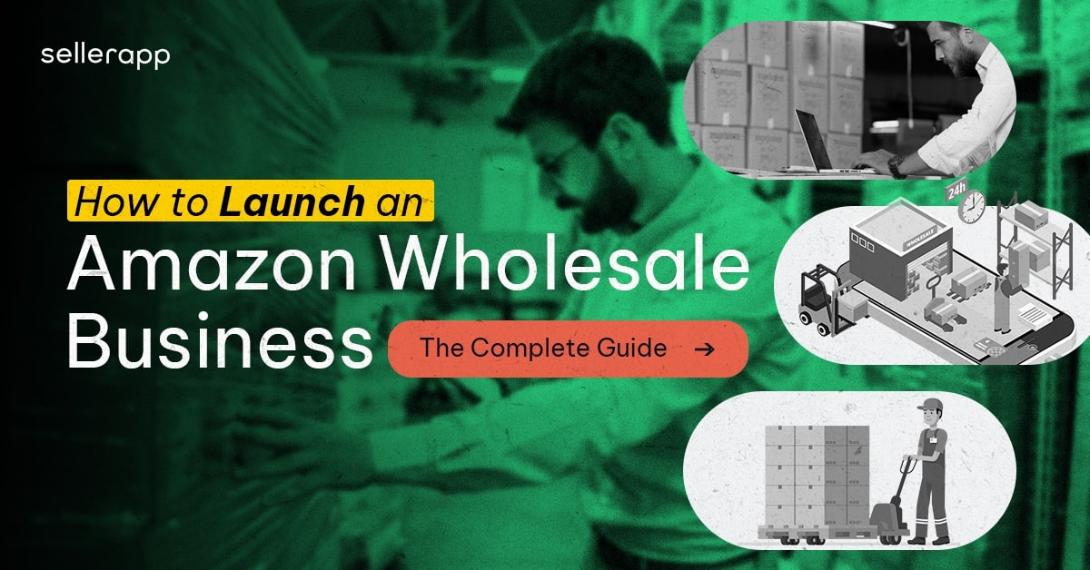
With over 200 million Prime members and counting, Amazon offers access to a massive customer base eager to buy products at competitive prices.
And it presents entrepreneurs with an opportunity to establish a highly lucrative business model.
As opposed to creating your own private label products or sourcing discounted items for retail arbitrage, wholesale allows you to tap into massive consumer demand on Amazon for popular branded products.
The concept is simple – you purchase goods in bulk directly from manufacturers or brand owners and then resell them as individual units on Amazon.
While there’s more upfront effort involved compared to other models like retail arbitrage, wholesale selling enables you to scale your catalog rapidly once everything is set up properly.
In this comprehensive guide, we’ll break down exactly how to start selling wholesale products through Amazon FBA (Fulfillment by Amazon) in simple yet effective steps.
Here’s what we’ll cover:
- What Exactly is Amazon Wholesale, and How Does it Work?
- Wholesale vs. Retail Arbitrage vs. Private Label
- The Pros and Cons of Selling On Amazon Wholesale
- How to Start Your Amazon Wholesale Business
- Final Thoughts
Let’s get right into it! This is everything you need to know to build a successful wholesale business on Amazon in 2025.
What Exactly is Amazon Wholesale, and How Does it Work?
Wholesale selling means purchasing large quantities of products from a supplier, distributor, or manufacturer and then reselling the items individually to customers.
Rather than creating your own branded products like a typical Amazon private label seller, wholesale sellers profit by sourcing popular name-brand inventory that already has significant consumer demand.
It is different from retail arbitrage, where you source discounted products from stores to sell for higher prices. It also differs from private labels, where you develop a unique product and sell it.
With wholesale, your primary focus is on identifying branded goods with existing consumer demand to tap into.
Here is the basic workflow of running an Amazon wholesale business:
- Set up an Amazon Seller Central account: Like all types of Amazon selling, the first step is to register for a Seller Central account. This gives you access to Amazon’s powerful sales platform plus analytics on marketplace trends.
- Thoroughly research high-demand products: Rather than create new demand, your goal is to supply products shoppers actively search for. Use Amazon itself for manual research, or use extensions like SellerApp to analyze different product options.
- Contact brands and suppliers to buy inventory in bulk: You need to find reputable suppliers willing to sell you branded products at discounted wholesale prices. This takes some work but enables those profit margins down the line. Building good relationships with the supplier is crucial here.
- Prepare and ship inventory to Amazon warehouses: One major advantage of Amazon wholesale is leveraging Fulfillment By Amazon (FBA) to simplify storage and shipping. Just create product listings on Amazon and ship pallets of products to Amazon warehouses, and they’ll handle the rest
- Drive sales by optimizing product listings: Make sure to polish each product listing with enticing product photos, detailed descriptions, and strong keywords. This boosts conversions and sales velocity.
Learn more about optimizing product listing from this guide. - Win the Buy Box with Competitive Pricing + Advertising: Maintain competitive pricing and improve your sales velocity with Amazon PPC to win the Buy Box. Learn more about Amazon Buy Box from this guide.
- Manage Inventory to Keep Popular Products Well Stocked: Closely follow sales and inventory levels across your catalogue and replenish stock before it sells out completely to retain rankings and enable continual sales. As your capital allows, adding new products compounds growth.
The upfront steps of securing inventory and launching listings require the most effort. But once your operations are established, an Amazon wholesale business can run smoothly and passively on autopilot.
Wholesale vs. Retail Arbitrage vs. Private Label
While all three models involve purchasing inventory to resell through Amazon, there are some notable differences between wholesale, retail arbitrage, and private labels.
Let’s explore them with this table:
| Criteria | Wholesale | Retail Arbitrage | Private Label |
|---|---|---|---|
| Branding | Selling existing brands; no branding required. | Selling existing brands; no branding required. | Building and promoting your own brand. |
| Inventory Control | Bulk purchasing with larger quantities; inventory control is essential. | Limited control over stock as products are sourced opportunistically. | Full control over product design, quality, and inventory management. |
| Investment | Generally, it requires a larger upfront investment due to bulk purchasing. | Lower upfront investment as you buy products individually or in small quantities. | Variable investment. Depends on product development, branding, and marketing efforts. |
| Competition | Higher competition, as other sellers may also have access to the same wholesale suppliers. | Moderate competition, as product availability depends on local retail deals. | Lower competition, as you create unique products with your own brand. |
| Profit Margins | Lower profit margins due to higher competition and potentially lower product prices. | Variable profit margins, depending on the deals found, can be higher for rare or clearance items. | Potentially higher profit margins as you have more control over pricing and brand value. |
| Scaling | Easier to scale by establishing relationships with more suppliers and increasing bulk orders. | Scaling may be limited by the availability of discounted products in retail stores. | Scalable, but may require more effort in marketing, product development, and brand building. |
| Time Investment | Requires time to build relationships with suppliers and manage bulk orders. | Time-consuming as it involves searching for deals in retail stores. | Time-intensive due to the need for product development, branding, and marketing efforts. |
| Sourcing | Purchasing products in bulk from manufacturers or distributors. | Finding and buying discounted or clearance items from retail stores. | Creating and selling your own branded products. |
The Pros and Cons of Selling On Amazon Wholesale
Selling wholesale products through Amazon FBA offers some major advantages but also comes with a few drawbacks. Let’s break it down…
The Pros of Amazon Wholesale
Quick Set-up Time
It can take 9-12 months to get a private label product to market between design, manufacturing, and shipping. Wholesale products can be available to sell on Amazon within a few weeks. Additionally, 55% of wholesalers turn profits within 6 months.
Built-In Demand from Customers
Choosing the right branded products in popular categories means you already have surging demand. Customers want trusted name brands – your role is just to supply ample inventory, and you find yourself a good business.
Higher Overall Margins When Scaled
While the dollar markup per item may seem small, steady reorders with 500-1000+ unit production runs create fantastic profit margins. If you can streamline the fulfillment costs through Amazon FBA further, it can be a sweet icing on the cake.
No Need for Active Management
Once you get trustworthy suppliers for your products, managing inventory becomes more passive. Simply monitor sales velocity across products and reorder when stock levels are running low. Amazon handles fulfillment and shipping.
More Flexibility Than Private Label
Experimenting with new products is complex for private label owners but easy for wholesale sellers. You have complete flexibility to test new brands, categories, and suppliers to optimize profitability.
The Cons of Amazon Wholesale
Required Capital Expenditure
Wholesalers need to order pallets or containers worth of inventory upfront. This can tie up $5000+ of working capital depending on volume commitments. However, ordering bulk inventory also gets you wholesale discounts, which can improve your profit margin.
Initial Sourcing Time Investment
Reaching out to suppliers and negotiating favorable contracts demands a time investment upfront. However, once manufacturers are secured for proven products, reorders become streamlined over time.
Potential Brand Restrictions
Certain brands have strict sales requirements for resellers, which Amazon enforces rigorously. Violate these terms, and your inventory or profits could be wiped out. So, conduct thorough supplier research to alleviate these issues.
Carrying Excess Inventory Risk
Wholesaling requires more forecasting precision around reorders and storage. Stock too many slow-moving products, and you’re burning cash on storage fees every month. Or if you let bestsellers sell out completely without reordering, your sales momentum can get disrupted.
Amazon Fees Eat into Margins
From commission fees to FBA fulfillment and shipping costs, Amazon’s extensive fee structure ranges around 15-25%+ of sales. Accurately calculating net margins is crucial to avoid these excess costs chipping away at your bottom line.
With proper preparation, these obstacles can be anticipated and overcome quite smoothly.
Now, let’s dig into the most critical pillar of any wholesale business – finding profitable products to sell!
How to Start Your Amazon Wholesale Business
The ultimate metric determining your Amazon wholesale business profitability is consistent sales velocity.
You need to source branded products that already demonstrate sufficient baseline demand that your steady inventory will immediately piggyback on.
Here is a step-by-step process for starting your Amazon wholesale business:
Step 1: Define Your Niche
First, pick a high-level category fitting your interests and expertise. Electronics, kitchenware, toys, laundry products, automotive accessories, you can choose anything. Also, Browse Amazon’s best-sellers to spur more niche ideas.
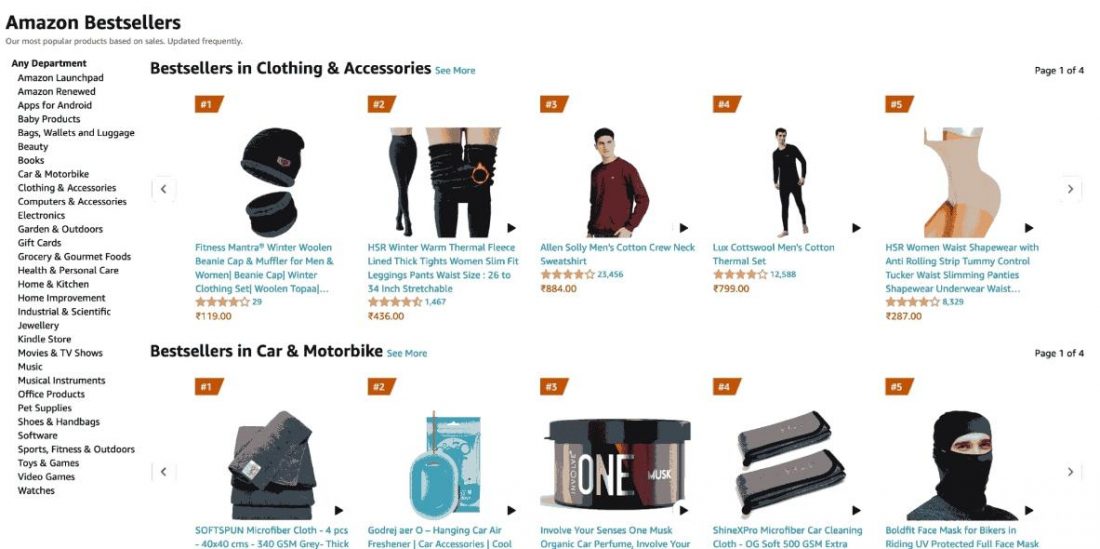
Step 2: Leverage Product Research Tools like SellerApp
SellerApp has an excellent database of all products available on Amazon. You can screen using custom filters to pinpoint potential wholesale opportunities.
Key indicators for Amazon wholesale products:
High Monthly Unit Sales – Look for consistent baseline demand between 500-5000+ units/mo, which signals existing consumer demand
4+ Sellers per Listing – Having a handful of 3P sellers indicates a wholesale-friendly product not restricted to a single reseller
Strong Organic Reviews – Consistent recent reviews suggest satisfied customers and unlikely brand restrictions
Reasonable Weight/Dimensions – Ensure products aren’t too large or heavy, which would create excess inbound shipping costs
Additionally, avoid…
Size, weight, or other restrictions making products ineligible for Amazon’s standard FBA fulfillment program.
Seasonal products with short sales windows and storage issues over off-seasons.
Highly regulated products requiring special licensing like electronics, supplements, etc.
The goal is to identify “goldilocks” products with a healthy baseline of organic sales. If demand already exists, all you need to do is inject fresh, steady inventory supplies, and you’ll be able to easily ride the momentum.
BONUS TIP: Search for products with a Minimum Advertised Price (MAP) policy, which enforces a standard retail price across sellers. This helps avoid damaging price wars undercutting profits.
Step 3: Scan Google Shopping Results
Google Shopping aggregates millions of products from retailers across the web. This allows you to validate broader market demand exists for a given product outside Amazon.
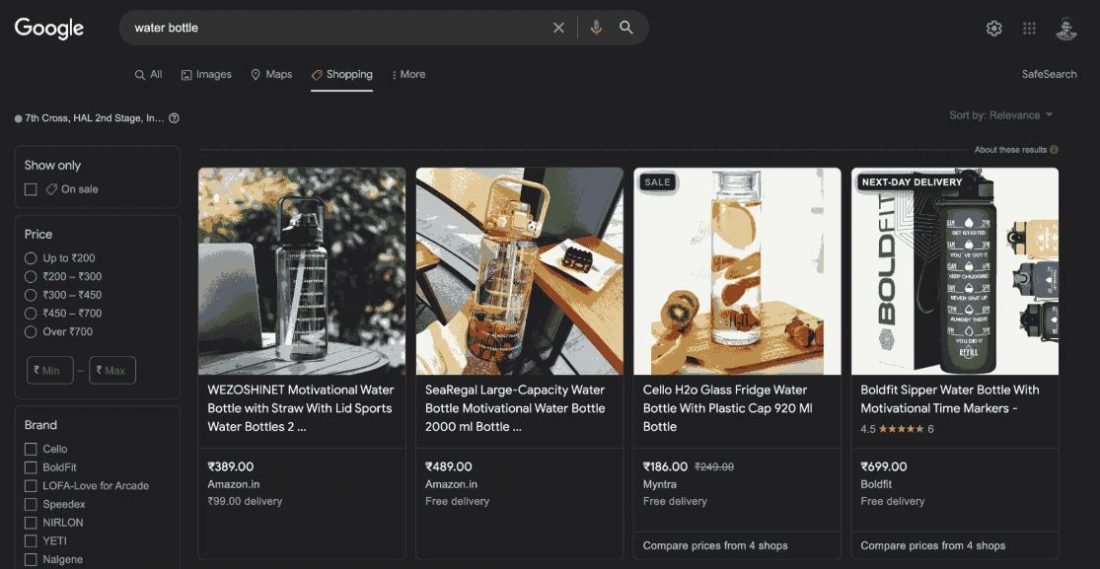
Strong representation on Google Shopping reinforces steady baseline consumer demand beyond just Amazon marketplace activity.
If other major stores are selling the item successfully, it also becomes a high-potential product to sell through Amazon wholesale.
Step 4: Evaluate Social Media Signals
Check Instagram hashtags and tags associated with your shortlisted products. Consistent quantities of customer posts suggest wide appeal and demand.
Scanning buyer-generated social content also provides real-world feedback. Are customers satisfied with the product quality, durability, usability, etc? Any NMR (not matched as described) feedback or customer issues raise red flags to consider a different product.
Step 5: Pick Brands Without Wholesale Restrictions
Some major brands limit wholesale partners from selling their products. Search “[brand] wholesale application” and identify the brands with open sign-up forms or contacts to request approvals to sell inventory.
With this strategic research process, you can reliably shortlist wholesale products aligned with recurring consumer demand on Amazon. Remember to verify:
- Enough competing sellers to indicate repeat purchases.
- Sales volume: 25+ units per week.
- Strong ratings and reviews.
- Brands accepting expanded wholesale requests.
Step 6: Find Suppliers for Bulk Wholesale Orders
Once you identify high-potential products, the next step is to locate capable suppliers to kickstart your Amazon wholesale business.
Here is the systematic process to source reputable suppliers:
- Find The Manufacturer/Brand Directly
Google, the brand name associated with the product plus related keywords like “wholesaler,” “distributor,” or “B2B sales”. Oftentimes, the manufacturer will have a section for commercial resellers you can leverage.
If no direct contact info is listed, call the company to be routed to the commercial sales team, ready to set up wholesale accounts. - Search Industry Directories Like Salehoo
Salehoo curates an extensive directory of manufacturers and wholesalers excited to supply eager Amazon sellers. This helps you to connect with wholesale suppliers ASAP.
Tip: Favor US-based suppliers when possible for faster fulfillment times. - Attend Trade Shows To Meet Suppliers
Industry trade shows enable face-to-face supplier meetings to gauge quality and negotiate favourable rates. Being onsite allows for the inspection of new products before committing to large orders. Food shows like Natural Products Expo, furniture events like Las Vegas Market or High Point Market, plus industry stalwarts like Global Sources or Canton Fair provide fertile hunting grounds to identify partner suppliers. - Leverage Online B2B Marketplaces
Marketplaces like Alibaba, Global Sources, and Made-In-China aggregate suppliers by every product category imaginable, ready to sell inventory in bulk. Use customer feedback and verified supplier badges to surface reputable partners able to meet needed order volumes and consistent quality requirements. - Join Relevant Facebook Groups
Search Facebook Groups related to your niche, like “Kitchen Gadgets” or “Wholesale Suppliers UK.” Longstanding Groups with 10K+ engaged members offer crowdsourced information on supplier referrals.
Step 7: Negotiate With Suppliers for Bulk Wholesale Orders
Once you narrow down a few suppliers, the next process is to negotiate the best possible pricing and terms with them:
- Lead with Rapport Building – Suppliers receive lots of cold outreach. With an email extractor, you can make sure your first step in prospecting that’s landing in the right inboxes is sorted. Reach out to them with personalized messages explaining why you want to succeed together. It makes you stand out from the crowd and creates the base for a meaningful relationship.
- Offer Steady Order Volumes – Forecast order volumes 6-12 months ahead rather than one-off transactions. This incentivizes suppliers to “bake in” the highest discounts, knowing sizable quarterly purchases are coming.
- Propose Performance Clauses – Offer to increase orders if sales volumes hit mutually agreed targets. Sweeten the appeal of an initial 90-day trial order.
- Negotiate Exclusivity Agreements – Some suppliers may offer exclusivity agreements guaranteeing you receive the best rates as the sole wholesale reseller on Amazon. This requires higher order commitments yet maximizes long-term profitability.
Follow these sourcing and negotiation strategies to lock in supply contracts from reputable manufacturers.
Next, let’s cover a few tactical elements to operate your Amazon wholesale business profitably.
Step 8: Operate a Profitable Amazon Wholesale Business
Once reliable wholesale product sources are secured, day-to-day business operations become smoother. Here are key areas to focus on:
- Accurate Profitability Calculations
Use Amazon’s Revenue Calculator to factor in all fees and accurately project profit margins on a given product.
Input your negotiated wholesale unit cost, weigh the product if variable FBA fees apply, enter the standard selling price, and validate positive net margins. Shoot for 30%+ profit wherever possible. - Smooth Inventory Management
Closely track sales velocity and leftover stock levels. Optimize restocking to ensure keeping 2-3 months of inventory in hand.
If sales spike above historical rates, accelerate reorder timetables to prevent stockouts, especially on best-selling SKUs. Out of stocks equals lost sales, which damages search rankings.
Inventory Storage & Fulfillment Strategies
Integrate Amazon FBA with your wholesale business to simplify warehousing and shipping.
Upon receiving palletized inventory, you simply ship to Amazon’s nearest fulfillment center. As sales come in, Amazon handles picking, packing, and shipping your products. Additionally, Amazon Automation keeps overhead costs in check as sales scale.
If you’re selling oversized products, ineligible for Amazon FBA, utilize 3PL (third-party logistics) providers to store pallets and fulfill orders as they come in.
How to Stand Out When Contacting Brands?
Brands usually get a lot of cold emails from wholesale businesses. To stand among them and get the brands’ attention, here are a few tips you can follow:
- Personalize Outreach: Use the brand website for context, showing you did research beforehand. Call out current supplier names showing existing ecosystem familiarity.
- Provide Detailed Forecasts: Cite current category and subcategory sales figures plus your sales estimates for the coming 12-24 months.
- Share Performance Data: If already selling online, provide sales velocity figures across platforms demonstrating credible e-commerce acumen even as a newer seller.
- Propose a Pilot Plan: Offer 60-90 day “test order” to build report and justify larger replenishment orders long term.
- Discuss Marketing Support: If suppliers have a limited Amazon presence, detail how your marketplace expertise can additionally support their brand-building marketing efforts.
These strategies can differentiate your wholesale outreach from other sellers and help you stand out.
Final Thoughts
With Amazon wholesale, consistency and realistic goals are key.
Jumping into a market early will establish a presence and minimize risk, but an opportunity taken too late will leave your brand bankrupt and in debt.
So, don’t wait. Use this comprehensive guide to launch your booming Amazon wholesale empire today.


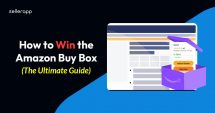
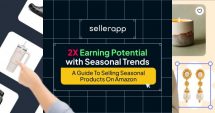
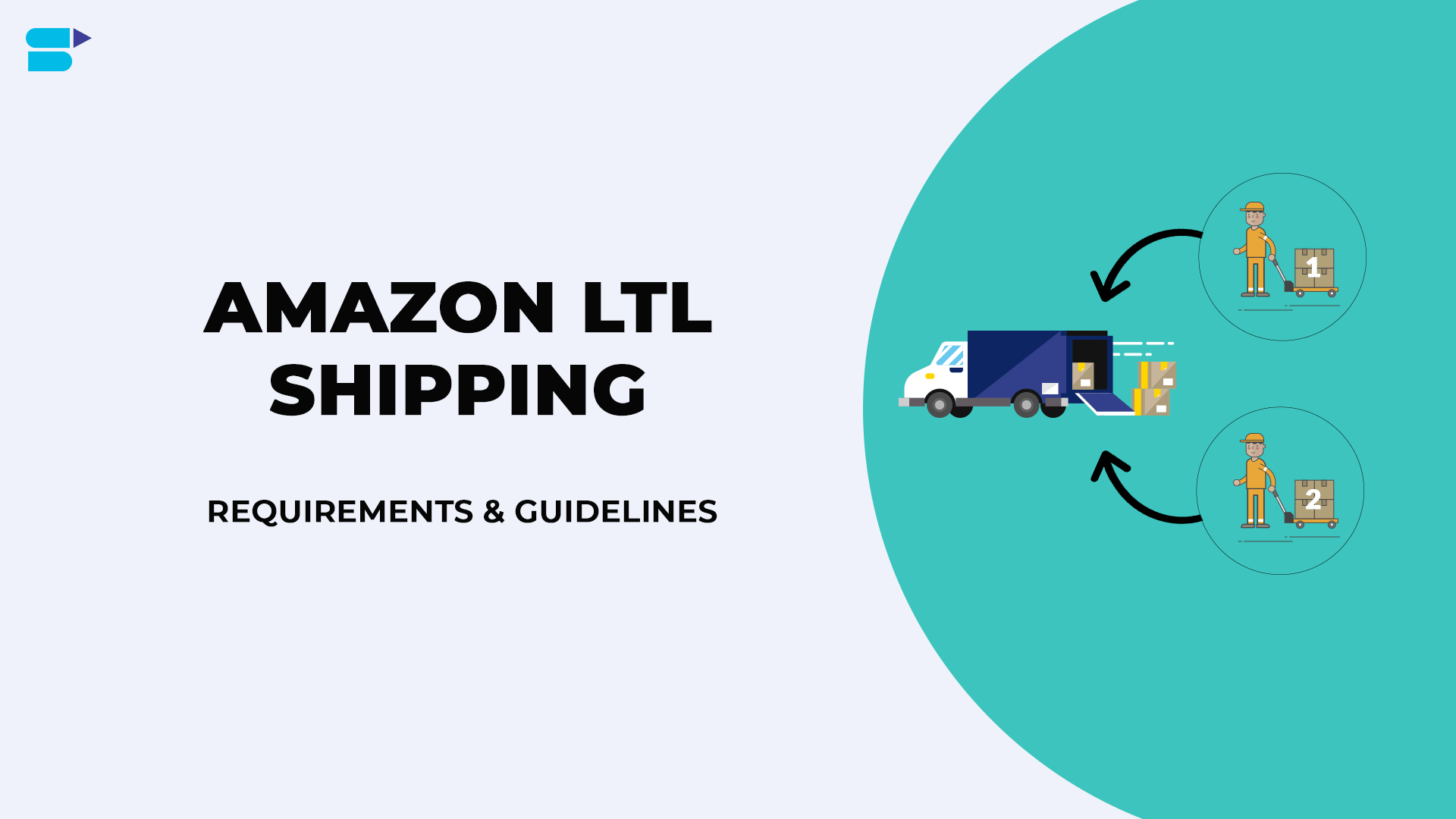

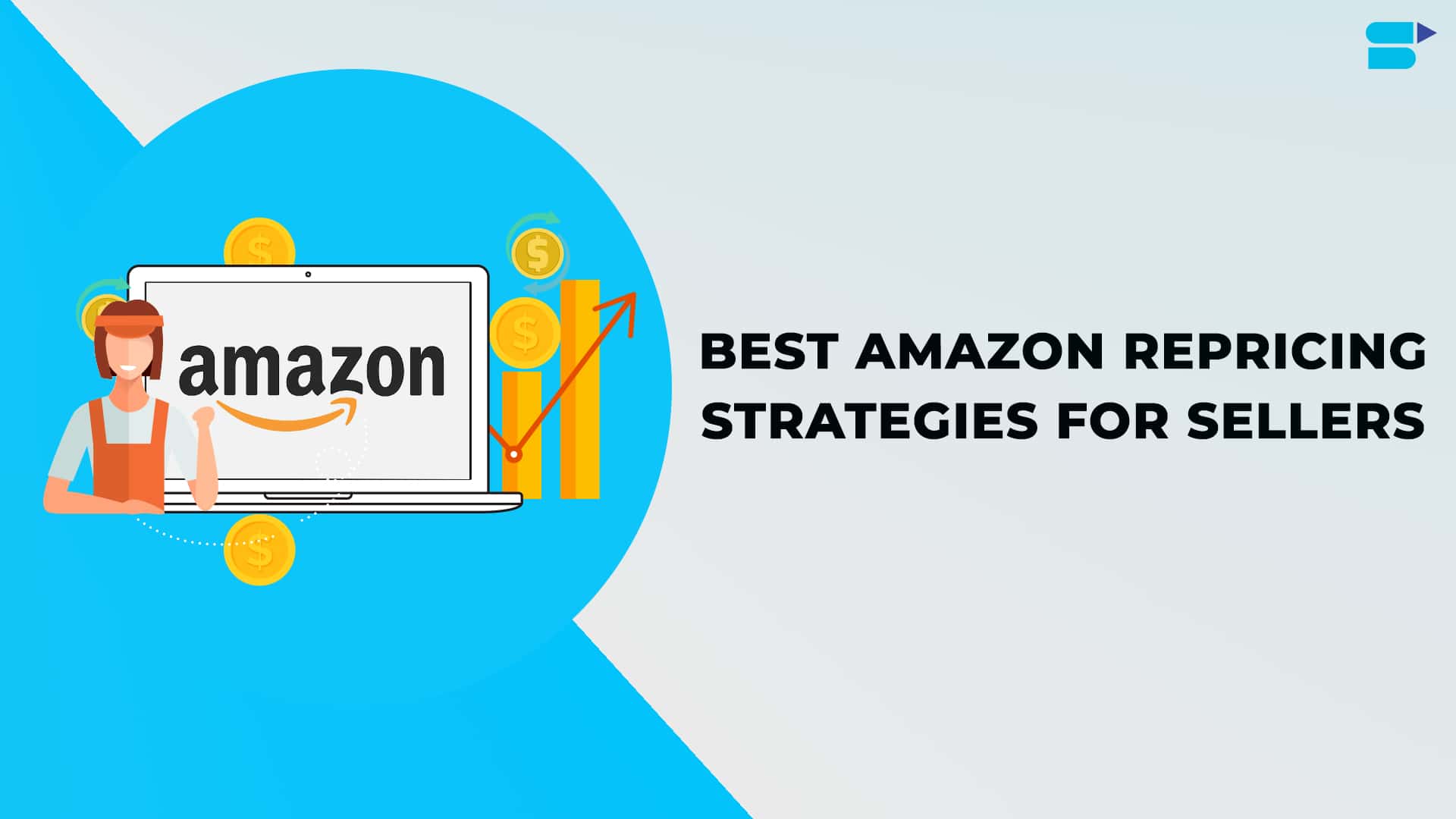

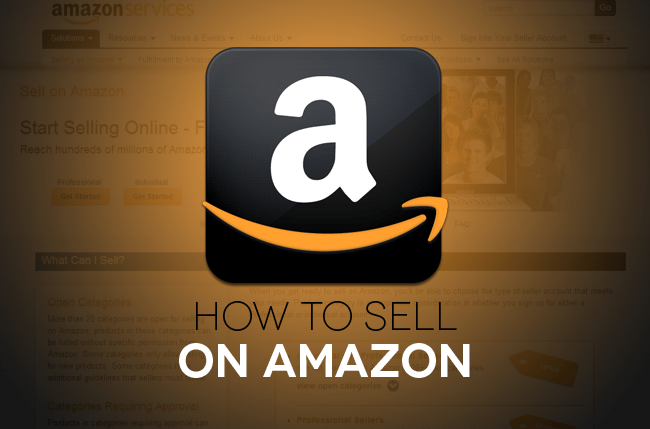
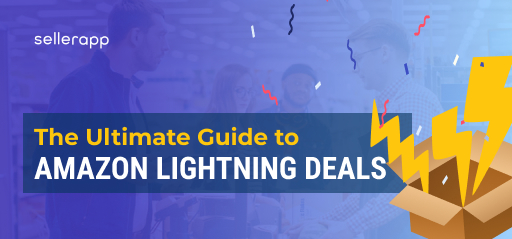

Wyatt Whitney
April 15, 2024I got know your article’s Content and your article skill both are always good. Thanks for sharing this article this content is very significant for me I really appreciate you.
Clare Thomas
July 30, 2024Thanks! Happy to hear!
Zak Robinson
April 29, 2024Your blog got me to learn a lot, thanks for shearing, nice article.
Clare Thomas
July 30, 2024Great to know it was helpful!
Gavin walton
May 19, 2024Thanks for sharing such a great information.. It is really helpful to me. Please do share more posts like this.
Clare Thomas
July 30, 2024Sure, Thanks for the feedback!
Joseph Booth
May 19, 2024Enjoyed reading the article above , really explains everything in detail, the article is very interesting and effective. would like to see more posts like this.
Clare Thomas
July 30, 2024Thanks for your kind words!